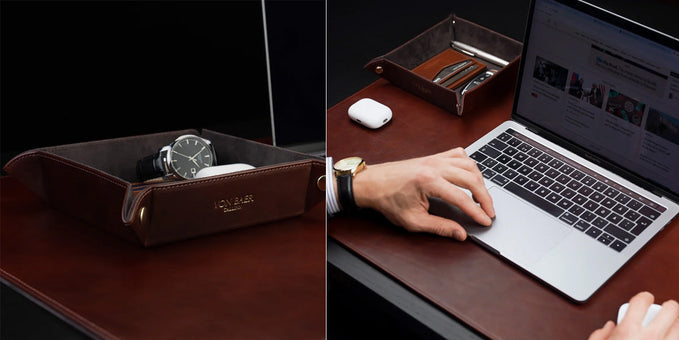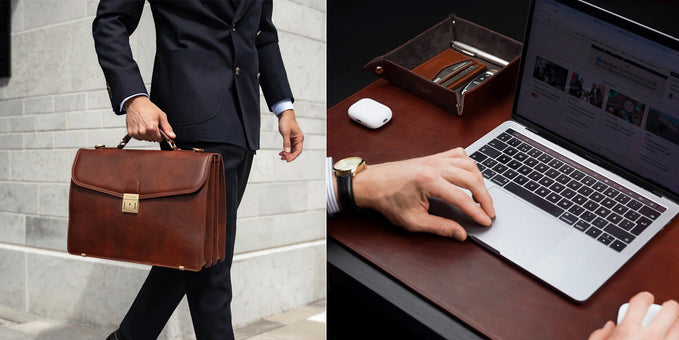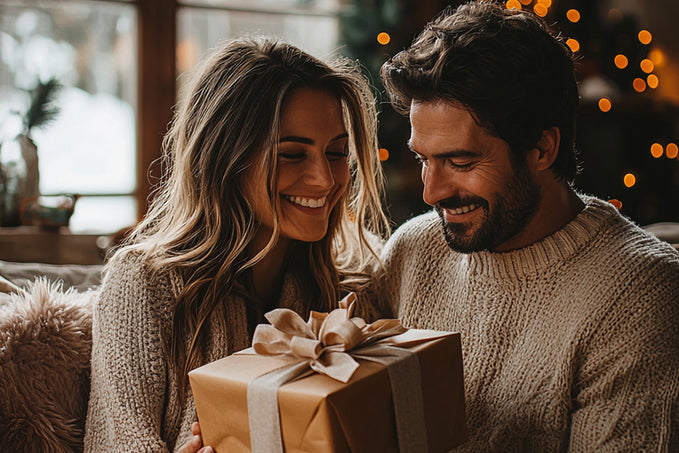Why Do Guys Put Their Wallets in Their Back Pockets?

Many men habitually slip their wallets into their back pockets each day, often without thinking much about why.
But this small, routine decision has both practical implications and deeper motivations rooted in comfort, appearance, and cultural norms.
Here, we’ll unpack why this habit persists, explore how it aligns with daily routines, and offer actionable tips for those seeking alternatives.
| Pros | Cons |
|---|---|
|
|
Convenience and Habit: Why It’s Just Easier—and How to Refine This Approach

One of the main reasons men default to the back pocket for their wallet is the convenience it offers.
Reaching to this spot is quick, and the motion feels natural; it’s a behavior most men start in their teens or early twenties and continue without much question.
This ease becomes a nearly automatic habit, offering a consistent, effortless way to keep essentials within reach.
The back pocket is typically larger than the front, which helps avoid bulky wallet outlines that disrupt the smooth lines of pants or suits (source).
Downsides?
This habit, while initially practical, may not fully align with today’s needs. As more people shift to flexible or hybrid work settings, regular commuting, travel, and extended hours mean that each item carried needs to offer comfort, convenience, and purpose.
Solution? Slimmer Wallet
Upgrade to a slimmer wallet or cardholder to make a noticeable difference.
Slim designs provide the same accessibility without the weight and bulk, making them easy to slide into various pockets, like an inner blazer or jacket pocket.
Here's a great example of a cardholder that won't bulk out your pockets:
See our full post on where to keep your wallet here.
A Sense of Security and Ownership: Why This Placement Feels “Right”
Even with security concerns, many feel an instinctive sense of protection with their wallet positioned in the back pocket.
The routine of tapping or patting the pocket acts as a reassurance ritual, helping many subconsciously confirm their valuables are close by.
This habit brings peace of mind, especially in busy or crowded spaces, where it helps confirm that essentials are safe.
This instinct ties back to our natural inclination to keep what we value most close. A wallet isn’t just cash—it holds cards, ID, personal mementos—so keeping it nearby feels both secure and practical.
If you often travel or spend time in bustling areas, switching to a front pocket, where it’s more visible and less susceptible to theft, can add security.
Additional Security Tips:
- Use an RFID-blocking wallet to guard against identity theft, especially in high-traffic areas where digital pickpocketing is on the rise - all Von Baer wallets have RFID-blocking built in (see them here).
Quick Takeaway: Reinforce security by choosing an RFID-blocking wallet and, in high-risk environments, opting for a front-pocket placement (learn more here).
Minimizing Bulk and Enhancing Comfort: Practical Solutions for a Streamlined Look

For professionals who value both comfort and appearance, choosing to keep bulky items out of the front pocket serves a dual purpose: it improves comfort and preserves a polished look.
Front pockets often carry items like keys, phones, or other essentials, so adding a wallet can create visual clutter and be uncomfortable.
For those who prefer a clean silhouette, the back pocket is often a practical choice to keep essentials on hand without compromising appearance.
This is especially true for men wearing slim-fit trousers or dress pants, where extra bulk is immediately noticeable. To balance practicality and style, consider:
- Using a cardholder or ultra-slim wallet that reduces bulk without sacrificing functionality.
- Selecting a design with accessible compartments can help distribute items across different pockets, keeping essentials like cash and cards easy to reach while staying out of sight (source).
For those who frequently switch between casual and formal settings, having a dedicated “work wallet” or “travel wallet” that’s ultra-slim and carries only the essentials can simplify transitions. This approach keeps essentials compact and easy to manage whether in a professional setting or on the go.
Quick Takeaway: Slim wallets and a balanced distribution of essentials improve comfort and appearance, especially in professional settings.
Legacy and Influence: How Symbolism Affects Pocket Choice and Practical Steps to Customize

The habit of using the back pocket is often influenced by the subtle impact of male role models, like fathers or mentors.
Watching these figures use this space for their wallet leaves a lasting impression that many carry forward.
Beyond function, this choice reflects values like efficiency, resilience, and simplicity—traits often prized by those who emphasize action over appearances.
Examining this habit offers today’s professionals an opportunity to combine function with personalization. Consider these options:
- Use a wallet suited to specific needs: a slim, minimalist wallet for high-mobility days, and a traditional one for days with a steady routine.
- If you prefer to travel light but value a wallet with personal significance, add a digital wallet for non-essentials (such as discount cards or backup IDs) to ease the physical load while keeping essentials within easy reach.
This blend of traditional and digital storage lets you honor the habit while staying organized and efficient.
Quick Takeaway: Combine tradition with modern efficiency by personalizing your wallet choice to fit daily needs and personal values.
Health and Ergonomics: The Physical Cost of the Back Pocket and How to Address It

Though it might seem harmless, keeping a wallet in the back pocket can have physical costs, especially for professionals who spend long hours seated.
Sitting on a wallet can shift the spine, hips, and lower back, resulting in issues like lower back pain or sciatica.
If your day includes lengthy meetings, flights, or desk time, this small choice could have long-term health effects.
Ways to minimize discomfort:
- Adopt a front-pocket wallet to remove pressure from the lower back.
- Try a wallet-sized phone case or a digital option on your smartphone to reduce the need for a physical wallet altogether.
- Place essentials within easy reach, like in a front pocket or jacket, to avoid compromising posture.
Physical therapists often recommend positioning essentials within arm’s reach, like in a front pocket or jacket, to avoid compromising posture. This slight adjustment can improve daily comfort and reduce strain over time, enhancing both physical well-being and focus.
Quick Takeaway: Shifting away from the back pocket can relieve strain on posture and alleviate long-term pain, making front-pocket alternatives a practical choice.
The Modern Shift: Redefining Wallet Habits in a Tech-Driven World
Digital payment solutions, minimalistic wallet designs, and phone cases that come with inbuilt storage solutions are indicative of the move towards efficiency and convenience. There is a decreasing reliance on physical cash, which has meant the requirement for a bulky wallet has also decreased.
Men are being encouraged to make use of digital tools that help them streamline daily tasks and provide security. These tools are also reducing physical clutter.
This trend is particularly beneficial for men who are looking for simplicity and mobility. Imagine someone based in NYC is rushing about their day. They could be tapping away at their smartphone at a subway gate or on their way to a business lunch.
They now have access to solutions that can remove the requirement for traditional wallets and boost their efficiency as well as their professional presence. This shift isn't just about the adoption of new tools; it's also a lifestyle adjustment that is reflective of a wider preference for integration with technology and minimalism.
Modern Adaptation:
- Digital Convenience: Solutions, including slim designs and phone wallets, are aligned with a fast-paced, tech-savvy lifestyle.
- Lifestyle Adjustment: Modern trends encourage minimalist choices and emphasize efficiency and practical aesthetics.
These changes are also closely linked to evolving values.
Today's professionals are prioritizing adaptability and flexibility.
The decline of the traditional wallet is highly representative of this trend and emphasizes a preference for digital freedom and an embracement of evolving societal norms.
Related: Are Wallets Obsolete?

Author: Igor Monte
Igor Monte is the co-founder of Von Baer. He's an expert in all things premium leather, from being an end-user right up to the design and manufacturing process. His inside knowledge will help you choose the best leather product for you.
We strive for the highest editorial standards, and to only publish accurate information on our website.
Leave a Comment
Your email address will not be published.








